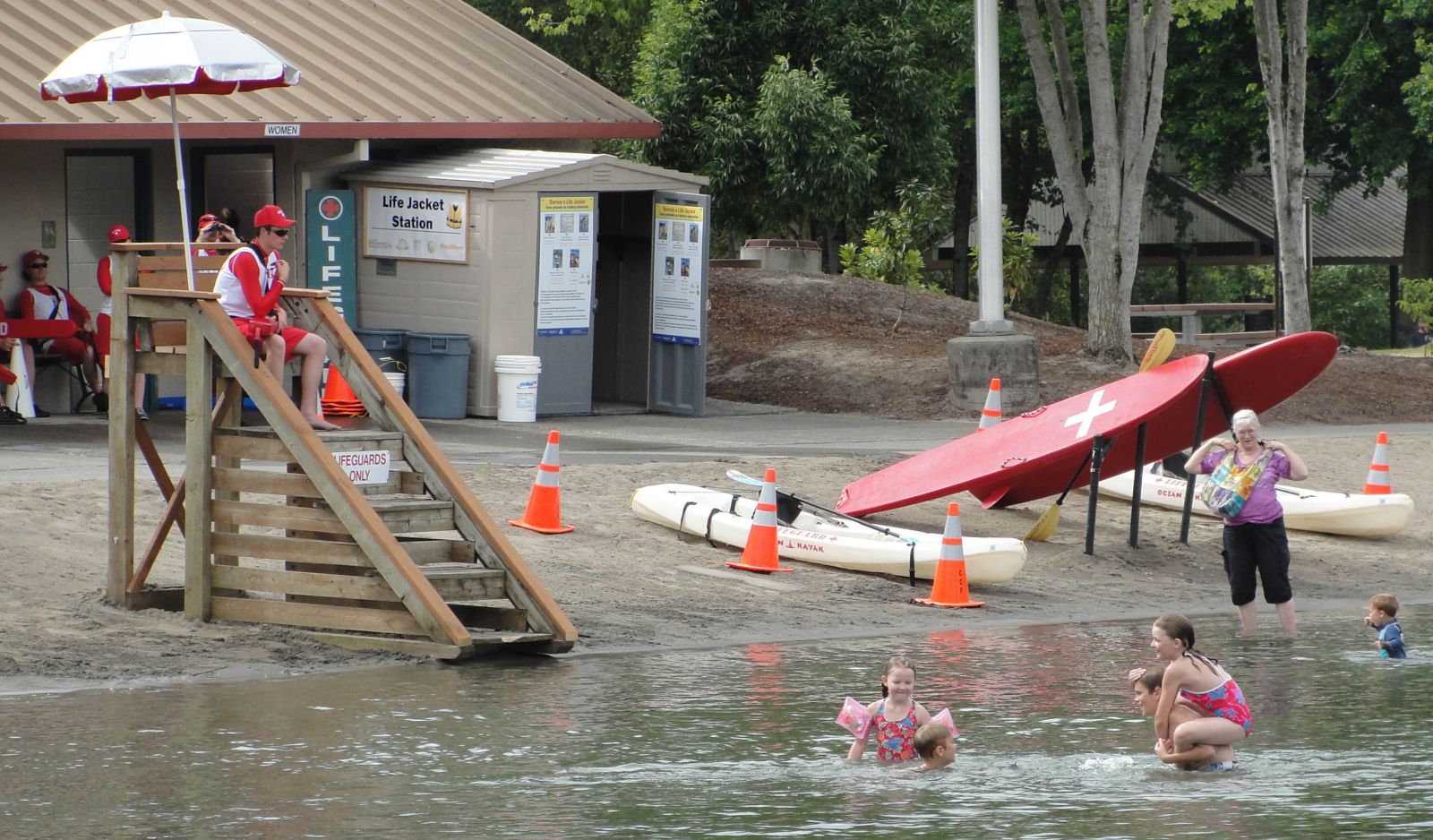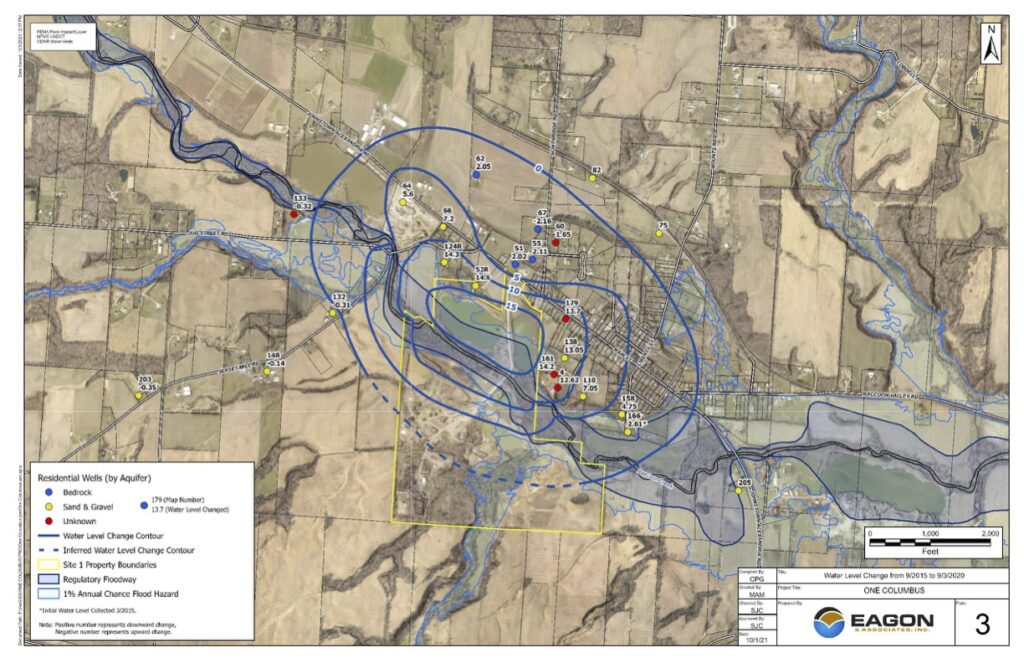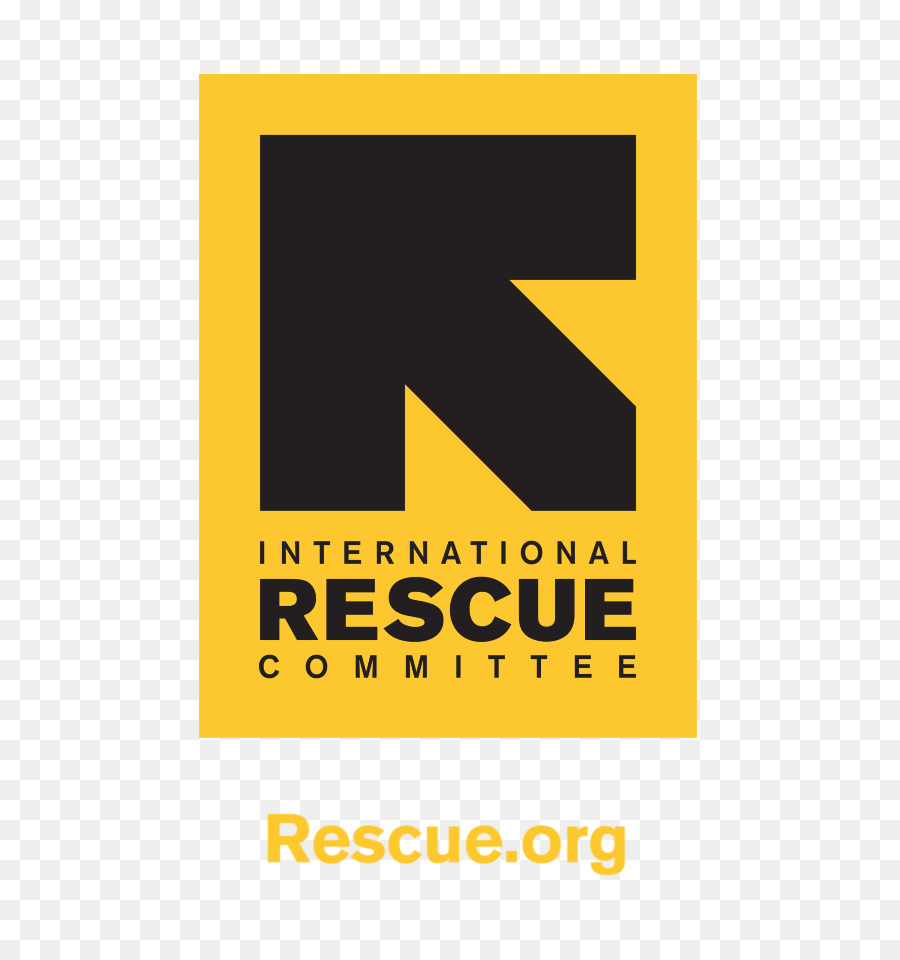Report on Groundwater Management and Sustainable Development in Arkansas
Introduction
Groundwater remains a vital resource for Arkansas, supplying approximately 71% of the state’s water needs, primarily sourced from aquifers, as reported by the Arkansas Department of Agriculture. This report reviews the 2024 Arkansas Groundwater Protection and Management findings, emphasizing the critical role of groundwater in sustainable development and water conservation efforts aligned with the United Nations Sustainable Development Goals (SDGs).
Groundwater Usage and Challenges
- Water Dependency: Over 70% of Arkansas’s water consumption is groundwater-based, with 80% of this used for row crop agricultural production.
- Regional Variability: Eastern Arkansas relies heavily on irrigation, making aquifer sustainability crucial for ongoing agricultural productivity.
- Groundwater Trends: The report highlights a decline in groundwater levels over the past year and five years, although a slight increase was observed over a ten-year span.
Water Conservation Initiatives
- Grand Prairie and Bayou Meto Projects: These major irrigation projects aim to reduce groundwater dependency by shifting to surface water usage, covering approximately 600,000 acres of agricultural land.
- Industry Leadership: Arkansas’s agricultural sector demonstrates a proactive approach to water conservation, contributing to sustainable resource management.
- Public Awareness: Encouraging citizens to practice mindful water use to ensure long-term availability.
Alignment with Sustainable Development Goals (SDGs)
- SDG 6 – Clean Water and Sanitation: Effective groundwater management supports sustainable water availability and quality for agricultural, industrial, and domestic use.
- SDG 2 – Zero Hunger: Sustaining groundwater resources ensures continued agricultural productivity and food security.
- SDG 12 – Responsible Consumption and Production: Promoting water conservation and efficient irrigation practices aligns with sustainable resource use.
- SDG 13 – Climate Action: Addressing groundwater depletion contributes to resilience against climate variability and supports long-term environmental sustainability.
Leadership and Future Outlook
Wes Ward, Secretary of the Arkansas Game and Fish Commission (AGFC), emphasized the importance of strategic water resource management as a priority for both the department and Governor Sanders. The leadership is committed to addressing current water needs while planning for sustainable water security over the next several decades.
Ward stated, “We must be good stewards of our water resources to ensure availability for 10, 20, 30 years down the road.” This vision aligns with the SDG commitment to sustainable management of natural resources for future generations.
Conclusion
Arkansas’s groundwater management efforts demonstrate a comprehensive approach to balancing water use with conservation, supporting multiple Sustainable Development Goals. Continued investment in irrigation infrastructure, public awareness, and policy leadership is essential to safeguard this critical resource, ensuring sustainable agricultural productivity and water security for the state’s future.
1. Sustainable Development Goals (SDGs) Addressed or Connected
- SDG 6: Clean Water and Sanitation
- The article focuses on groundwater resources, water use, and conservation efforts, directly relating to ensuring availability and sustainable management of water.
- SDG 2: Zero Hunger
- Groundwater is critical for agricultural production, especially row crop agriculture, which relates to food security and sustainable agriculture.
- SDG 12: Responsible Consumption and Production
- Water conservation efforts and mindful water use by citizens reflect responsible consumption of natural resources.
- SDG 15: Life on Land
- Management of groundwater and aquifers supports sustainable use of terrestrial ecosystems and natural resources.
2. Specific Targets Under Those SDGs Identified
- SDG 6 Targets
- 6.4: Substantially increase water-use efficiency across all sectors to ensure sustainable water withdrawals and supply.
- 6.5: Implement integrated water resources management at all levels.
- 6.6: Protect and restore water-related ecosystems, including aquifers.
- SDG 2 Targets
- 2.4: Ensure sustainable food production systems and implement resilient agricultural practices.
- SDG 12 Targets
- 12.2: Achieve sustainable management and efficient use of natural resources.
- SDG 15 Targets
- 15.1: Ensure conservation, restoration and sustainable use of terrestrial and inland freshwater ecosystems.
3. Indicators Mentioned or Implied to Measure Progress
- Groundwater Levels
- The article mentions the decline and slight increase in groundwater levels over different time periods, implying measurement of groundwater volume or depth as an indicator.
- Water Use Distribution
- Percentage of water use sourced from groundwater (71%) and its use in agriculture (80%) can be tracked to monitor water dependency and efficiency.
- Area Covered by Irrigation Projects
- The Grand Prairie and Bayou Meto projects cover approximately 600,000 acres, indicating progress in shifting water sources and conservation efforts.
- Water Use Efficiency
- Efforts to shift from groundwater to surface water and promote mindful water use imply tracking water use efficiency and conservation behavior.
4. Table: SDGs, Targets and Indicators
| SDGs | Targets | Indicators |
|---|---|---|
| SDG 6: Clean Water and Sanitation |
|
|
| SDG 2: Zero Hunger |
|
|
| SDG 12: Responsible Consumption and Production |
|
|
| SDG 15: Life on Land |
|
|
Source: katv.com







